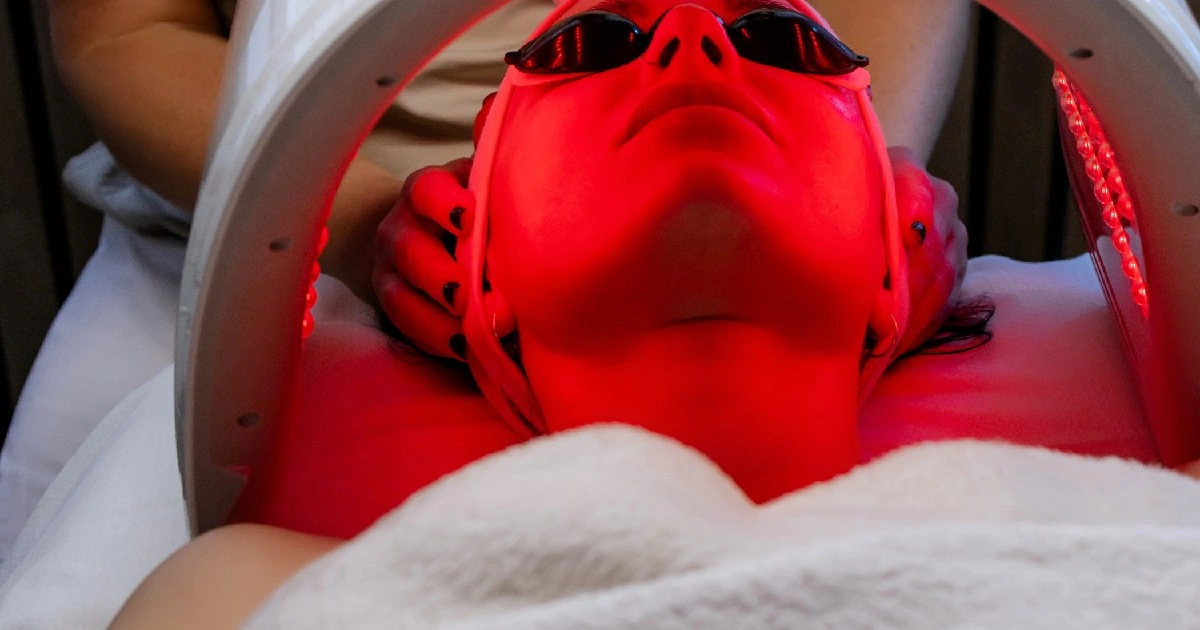Table of Contents
The tingling sensation begins almost imperceptibly—perhaps you notice it after a long day at the keyboard or wake up at midnight with numb fingers. These seemingly minor discomforts could be early warning signs of carpal tunnel syndrome, a common but potentially debilitating condition affecting millions.
Carpal tunnel syndrome occurs when the median nerve, which runs from your forearm into your hand through a narrow passage called the carpal tunnel, becomes compressed or irritated. Left untreated, this condition can progress from occasional discomfort to chronic pain and permanent nerve damage. However, recognizing the early signs can make all the difference in your treatment outcomes and quality of life.
In this article, we’ll explore the seven early warning signs of carpal tunnel syndrome that should never be ignored, when to seek professional help, and effective treatment options available through a specialized Carpal Tunnel Program. Whether you work at a computer all day, perform repetitive manual tasks, or are concerned about persistent hand discomfort, this guide will help you understand when those symptoms warrant attention.
7 Early Warning Signs of Carpal Tunnel Syndrome
Detecting carpal tunnel syndrome in its early stages can be crucial for effective treatment and preventing long-term nerve damage. Pay close attention to these indicators, as they often appear gradually and might be dismissed as temporary discomfort or fatigue:
1. Numbness and Tingling in the Fingers
One of the earliest and most common signs of carpal tunnel syndrome is numbness and tingling (paresthesia) that typically affects the thumb, index, middle, and half of the ring finger. This sensation often begins gradually and may come and go initially. Many report that these symptoms first appear at night or early morning, sometimes even waking them from sleep.
2. Weakness in the Hand and Fingers
As carpal tunnel syndrome progresses, you may notice weakness in your affected hand, making it difficult to perform simple tasks like buttoning a shirt or opening a jar. This weakness occurs because the compressed median nerve affects the muscles at the base of the thumb (thenar muscles), reducing grip strength and dexterity.
3. Pain that Radiates Up the Arm
While pain typically begins in the wrist, carpal tunnel syndrome can cause discomfort that radiates up the forearm and sometimes even to the shoulder. This radiating pain often intensifies during activities that involve flexing the wrist, such as driving, typing, or holding a phone.
4. Dropping Objects Unexpectedly
The combination of numbness and weakness can lead to another tell-tale sign: accidentally dropping objects. If you unintentionally drop items more frequently than usual, such as tiny objects requiring fine motor control, it could indicate developing carpal tunnel syndrome.
5. Morning Stiffness in the Hands and Wrists
Many people with early carpal tunnel syndrome report waking up with stiff, swollen-feeling hands that improve after moving around. This stiffness occurs because inactivity during sleep allows fluid to accumulate around the carpal tunnel, increasing pressure on the median nerve.
6. Sensation of Swollen Fingers (Even Without Visible Swelling)
A curious symptom of carpal tunnel syndrome is the feeling that your fingers are swollen or puffy, even when they appear normal. This phantom swelling sensation results from disrupted nerve signals and can be particularly noticeable in the morning.
7. Difficulty with Fine Motor Tasks
Tasks requiring precision and fine motor control—like threading a needle, picking up small objects, or fastening jewelry clasps—become increasingly challenging. You might notice yourself struggling with activities that once came naturally or requiring more time and concentration.
When to Seek Carpal Tunnel Syndrome Treatment
Identifying carpal tunnel syndrome early is crucial for preventing permanent nerve damage. Consider seeking professional evaluation if:
- Your symptoms persist for more than two weeks
- Symptoms interfere with your sleep or daily activities
- You experience constant numbness in your fingers
- You notice muscle weakness or atrophy in your hand
- Conservative self-care measures don’t provide relief
Early intervention is key to successful treatment. Non-surgical options can be highly effective when implemented before significant nerve damage occurs.
Non-Surgical Carpal Tunnel Treatment Options
Contrary to popular belief, surgery isn’t always necessary for carpal tunnel syndrome relief. Many patients respond excellently to conservative treatment approaches, especially when the condition is caught early.
A comprehensive Carpal Tunnel Program typically includes several therapeutic components, such as:
Manual Therapy Techniques
Skilled physical therapists can employ specialized hands-on techniques to mobilize the carpal bones, reduce pressure on the median nerve, and improve wrist mechanics. These techniques help address the root cause of compression rather than simply masking symptoms.
Therapeutic Exercises
A customized Carpal Tunnel Exercise Program helps strengthen supporting muscles, improve nerve gliding, and enhance overall wrist stability. These exercises are generally gentle and progressive, allowing gradual improvement without aggravating symptoms.
Ergonomic Solutions for Carpal Tunnel
Modifying how you work and perform daily activities can significantly reduce strain on the wrist. Professional therapists can provide personalized recommendations for workspace setup, tool modifications, and activity adaptations to prevent symptom recurrence.
Bracing and Support
Wrist splints or braces, mainly worn at night, can keep the wrist neutral, reducing pressure on the median nerve during sleep. These supportive devices are essential in a comprehensive Carpal Tunnel Rehabilitation Program.
Benefits of Early Intervention
Seeking treatment at the first signs of carpal tunnel syndrome offers numerous advantages for your health and quality of life:
- Significant Pain Reduction
- Restored Range of Motion
- Renewed Ability to Perform Daily Tasks
- Prevention of Permanent Damage
- Rapid Improvement
- Enhanced Wrist and Hand Mechanics
- Improved Sleep Quality
- Sustainable Results
- Reduced Risk of Recurrence
Residents can access specialized Carpal Tunnel Treatment in Hoboken, NJ, focusing on comprehensive care rather than symptom management alone.
Comprehensive Approach to Carpal Tunnel Care
An effective Carpal Tunnel Program addresses not just the wrist but examines the entire kinetic chain, including the whole arm, shoulder, and cervical area. This holistic approach recognizes that nerve compression can originate from multiple sources and ensures all contributing factors are identified and treated.
Most patients experience noticeable improvement within 4-5 sessions, with more severe cases requiring 10-18 treatments for optimal results. Don’t allow carpal tunnel symptoms to persist untreated, as prolonged nerve irritation can lead to permanent muscle damage and function loss. Relieve your pain today with a comprehensive evaluation from qualified physical therapy professionals.
Take Action for Carpal Tunnel Relief
If you’re experiencing any of the seven warning signs mentioned in this article, don’t wait until symptoms worsen. Early intervention offers the best chance for complete recovery and can help you avoid more invasive treatments.
At Hudson Premier Physical Therapy & Sports, our specialized teams provide personalized care focused on addressing the root causes of carpal tunnel syndrome, not just masking the symptoms. Schedule a consultation today to begin your journey toward pain-free hands and wrists. Contact us now!






